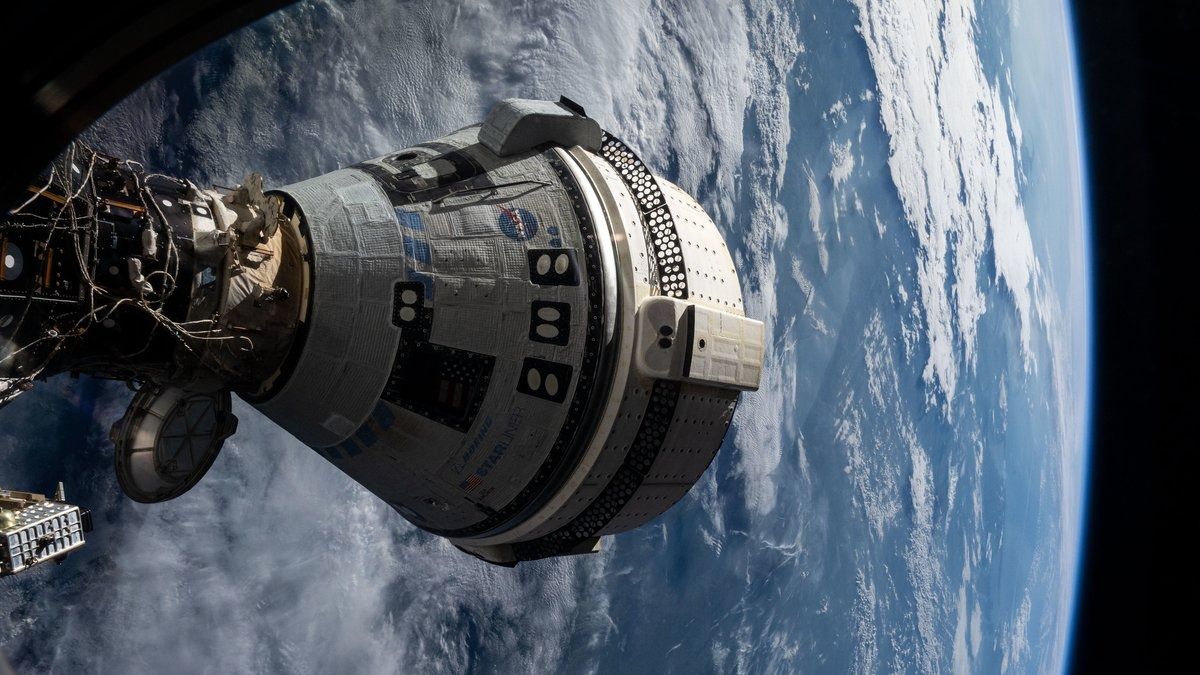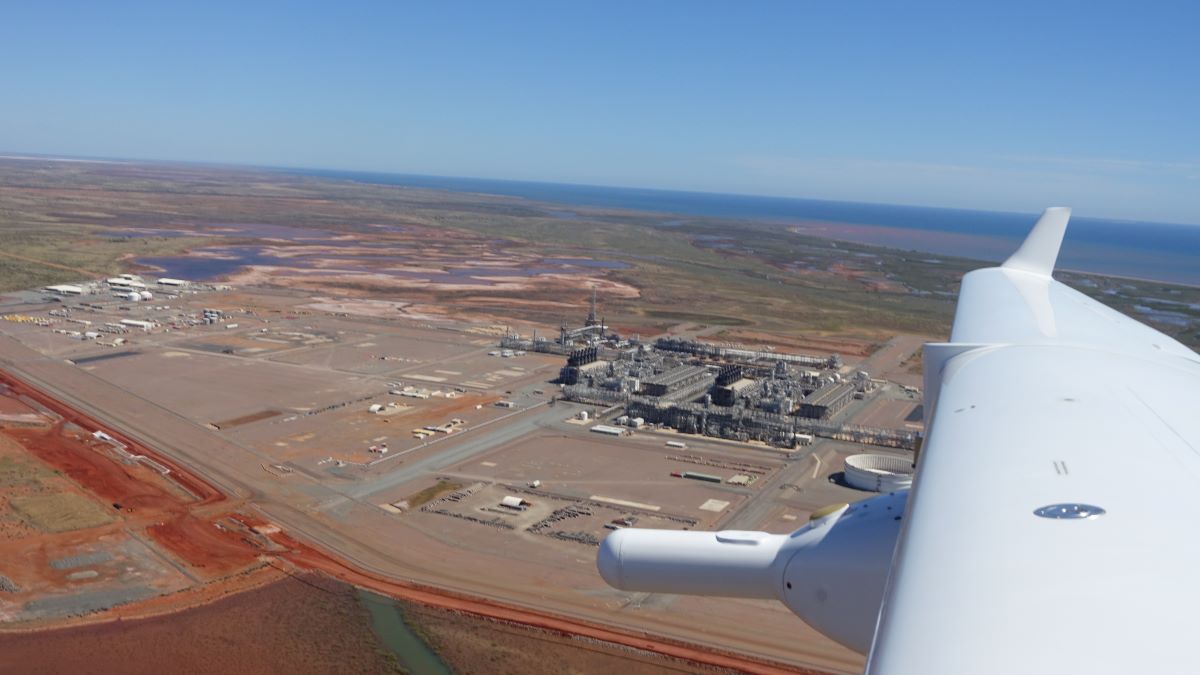NASA will provide an update about the ongoing astronaut mission of Boeing’s Starliner capsule today (Aug. 14), and you can listen live.
The teleconference about Starliner’s Crew Flight Test (CFT) mission will begin at 1:00 p.m. EDT (1700 GMT). NASA will stream audio of the briefing live, and Space.com will carry the broadcast if the agency makes it available as usual.
CFT launched on June 5, sending NASA astronauts Suni Williams and Butch Wilmore to the International Space Station (ISS) for a planned weeklong stay. Starliner stayed much longer, however; it remains docked to the orbiting lab while NASA and Boeing troubleshoot issues with the capsule’s reaction control system (RCS) thrusters, a handful of which failed during its approach to the ISS on June 6.
NASA has still not announced a target departure date for Starliner, and it’s possible the capsule won’t end up carrying Williams and Wilmore back to Earth; the duo could come home in a SpaceX Crew Dragon capsule, if Starliner’s issues aren’t solved to NASA’s satisfaction.
Related: Boeing Starliner 1st astronaut flight: Live updates
We could learn more about that decision during today’s briefing. The participants are:
- Ken Bowersox, associate administrator, NASA’s Space Operations Mission Directorate
- Joel Montalbano, deputy associate administrator, NASA’s Space Operations Mission Directorate
- Russ DeLoach, chief, NASA’s Office of Safety and Mission Assurance
- Joe Acaba, NASA chief astronaut
- Emily Nelson, chief flight director, NASA’s Flight Operations Directorate
CFT is Starliner’s third spaceflight overall, after uncrewed test missions to the ISS in December 2019 and May 2022. The 2019 effort failed — Starliner got stuck in the wrong orbit for a rendezvous with the orbiting lab — but the 2022 flight was successful.
NASA awarded both Boeing and SpaceX contracts back in September 2014 to ferry agency astronauts to and from the ISS. SpaceX flew its version of CFT back in 2020 and is now in the middle of its eighth operational, long-duration astronaut flight to the station for NASA, known as Crew-8.




















Discussion about this post